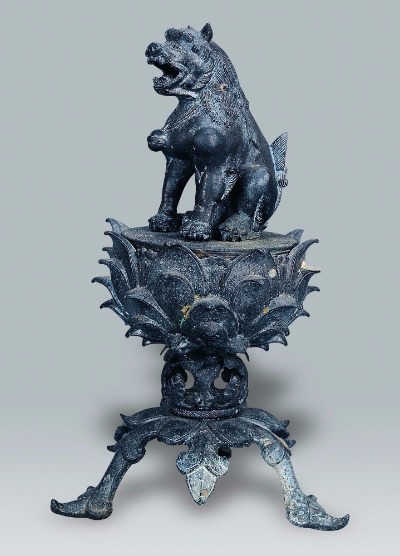Scents & sensibility
By Zhao Xu | China Daily | Updated: 2018-04-21 13:48

These spices included, most famously, musk, a strong-smelling reddish-brown substance secreted by the male musk deer. Another was ambergris, a solid, waxy, flammable substance that was dull gray or blackish, produced in the digestive system of sperm whale.
The former came largely from the Eurasian steppe, where the deer roamed, and the latter is believed to have been swept ashore by waves of the Arabian Sea. Both eventually arrived in Tang Dynasty China through the Silk Road, a winding route that threaded its way across Eurasia, connecting ancient China with cities as far-flung as Rome and Alexandria.
However, Zhao says, a little more than half a century after the demise of Tang, the Song Empire (960-1279), founded after a brief period of chaos and fragmentation, imbued the spice culture with new significance, a meaning rooted in the past and considered today as quintessentially Chinese.
























